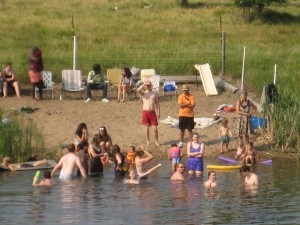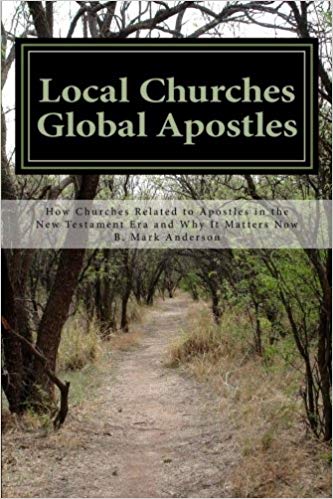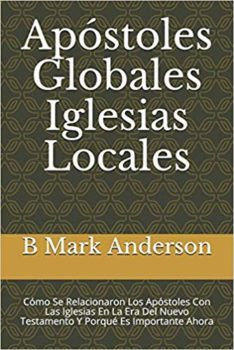
How Does this Dish Resemble New Testament Churches?
The “New Testament Church” is often idealized—and rightly so. We admire their power and evangelistic zeal. They were the persecuted few who, against all odds “turned the world upside down.” From the seminal New Testament Church, the whole of the Western World was evangelized within 300 years. All this without radio, television, newspapers, printing press, internet or other forms of mass media.
Most churches started small. (Jerusalem was the exception.) It’s hard to guess the size of the earliest churches. The writer J. Murphy O’Connor proposes the church in Corinth numbered about 50 people. That estimate takes into account Paul’s words in Romans 16:23: “Gaius, host to me and to the whole church, greets you.” Early Christians had no church buildings; homes were the normal meeting place. One or more small house churches comprised “the church” in any given city.
A careful reading of the record portrays an entity much like a bubbling pot of stew—tasty and life-giving, yet all mixed up. Sometimes a pot of stew is called a “mess.” That term could be applied to many of the churches in the New Testament, not just the believers in Corinth!
“Every new birth is messy.” As a home birth father who has cut and tied the cord for four of our own children, I heartily agree. After all, little babies don’t enter the world all dried off and sporting bows or ribbons in their hair! It’s good to have plenty of towels, wipes, and helpers on hand. What’s true for human births was also true for the birth of the church in city after city.
At the same time, a careful reading of the record portrays an entity much like a bubbling pot of stew—tasty and life-giving, yet all-mixed-up. Sometimes a pot of stew is called a “mess.” That term could be applied to many of the churches in the New Testament, not just the believers in Corinth!
Imagine if you will the situation in Thessalonica. Here was a multi-racial, multi-lingual group of fresh converts composed of traditional Jews and pagans. The pagans were just now giving up their idols and had no concept whatever of monotheism. The Jews, on the other hand, hated idols and held themselves above any images of God. Nonetheless, these Jews were sporting amulets, wearing prayer shawls with fringed corners and knotted tassels at each corner, and reciting the Torah. Synagogue Jews were prohibited from even eating with Gentiles! A greater cultural divide is hard to imagine.
Paul’s preaching created a synagogue split and a mob riot in town. The accusation went out that the new Christians were subversive and treasonous, even traitors to the Caesar. Further, there was no established leadership for the new converts. They had only a few weeks of teaching and no common theology or background. All were newly-born babes in Christ. The fact they got along at all is nothing short of miraculous!
After Paul was hustled out of town by night, the new church was left on its own. No wonder all sorts of questions arose regarding sexual morality, Christ’s return and gifts of the Holy Spirit! Yet Timothy returned to Thessalonica briefly and noted a young and flourishing church! How could this be?
Amazing as it is to the modern observer, the church in Thessalonica was experiencing the grace of God. The church as a whole began to experience what Jesus said would happen. “I will not leave you as orphans. I will come to you. I will ask the Father and He will give you another Helper, that is the Spirit of truth” (John 14:16, 18). Thessalonica received a couple of follow-up letters (First and Second Thessalonians containing apostolic admonitions and commands) but no more visits from an apostle for six years!
Problems abounded in the churches of the time. The Galatian churches slipped into legalism soon after conversion. The Ephesian churches effectively evangelized an entire region, yet lost their first love. The church at Thyatira was known for her love, faith, service and perseverance, yet tolerated a woman with a Jezebel spirit. The church in Sardis went to sleep and became a “dead” church. The gospel bore fruit and increased in Colossae, yet the church in that city was troubled by a host of problems including asceticism, angel worship, and Gnosticism. The list could go on.
With all of their syncretism, movements, fads, teachings, leaders, strengths, weaknesses, and swirls of emphasis, the various churches of the first hundred years of Christianity were much like churches today—a sweet-smelling potpourri that God destined to change the world.











